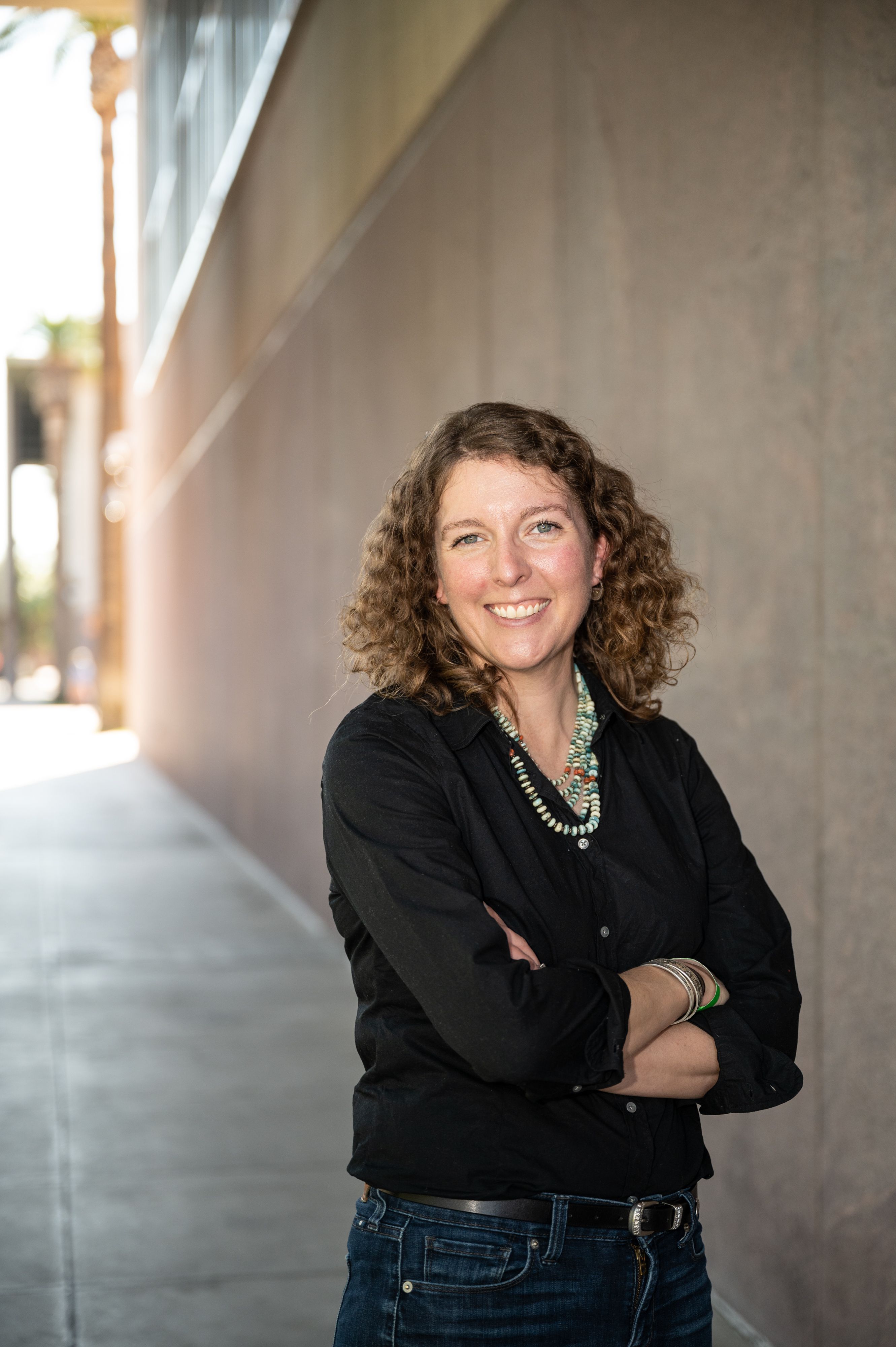Rosie on the House: AZ Rancher Features Industry’s Conservation Efforts
Author
Published
5/9/2023
On last Saturday’s Rosie on the House radio show, we heard from guest Sarah King of southern Arizona’s Anvil Ranch. Since May is National Beef Month, featuring a rancher during our hourlong discussion on Arizona agriculture was a natural fit. King and her family are also a natural fit for Arizona ranching, including their conservation practices.

Sarah King of Anvil Ranch.
With a long history of ranching in the state, the King family has always taken conservation and land preservation seriously. What makes their story so special is their collaborative effort with other area ranch families in preserving 600,000 acres of pristine grazing and wildlife lands through the Altar Valley Conservation Alliance. This conservation story was highlighted in last week’s show (for the full radio segment, see the radio clip below).
The Arizona Beef Council reports on 8 main conservation, also known as sustainability, practices that ranchers employ on a regular basis:
One: Maintain and introduce habitat to areas they’ve restored, including endangered species and native grasses.
Two: Use rotational grazing to improve and protect the land, resting in one grazing area while carefully using another grazing area.
Three: Manage streams and wetlands to create a buffer that helps prevent bank erosion including preventing runoff and improving fish habitat. They also introduce water in areas previously lacking this resource. As a result, wildlife and cattle share the same water sources.
Four: Protect open spaces. Generations of the same Arizona ranch families have worked the same land with their cattle preserving the pristine balance between cattle and the natural environment. Some Arizona ranch families are fifth- and sixth-generation.
Five: Harness solar power to exploit Arizona’s plentiful sun to power ranches and their water supplies for not only their cattle but wildlife.
Six: Compost cattle manure into fertilizer products that can be used for golf courses, athletic fields, gardens, and our organic farms that must lean on natural fertilizers.
Seven: Control invasive weeds and reduce plant fuel build-up on grazing lands to avoid forest fires.
Eight: Feed cattle crops grown locally to reduce the fuel needed for transportation. For rotational grazing, they’ll depend on the native grasses that robustly grow during rainy seasons.
Speaking of sustainability, the land that the King family ranch on has been the same land ranched by that family since 1895.
The segment below is commercial-free and gives lots of information about the King family, the Altar Valley Conservation Alliance and the Arizona beef industry in general.